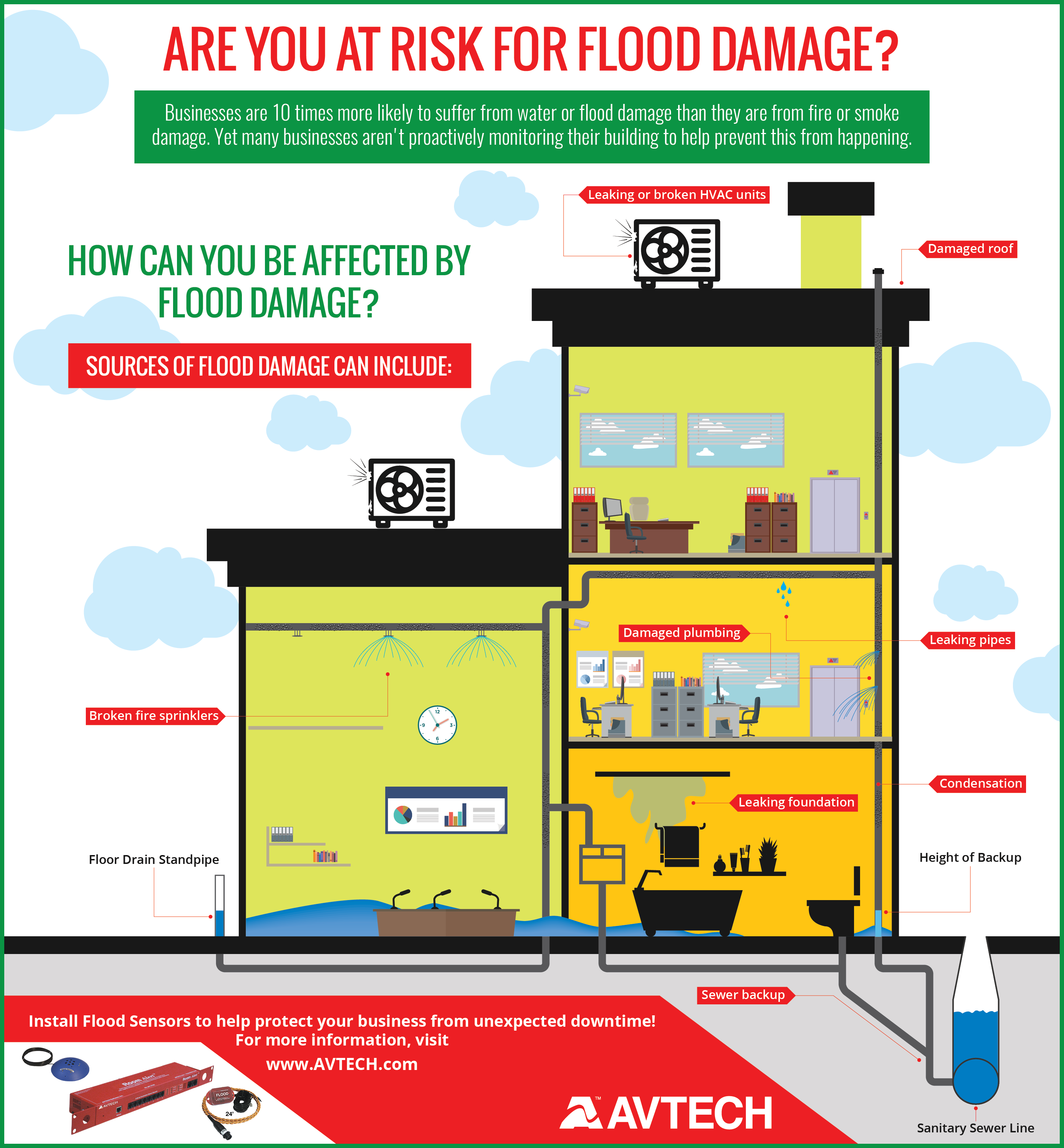A Beginner'S Overview Of How Weather Condition Impacts Your Roof
A Beginner'S Overview Of How Weather Condition Impacts Your Roof
Blog Article
Post Developed By-Massey Gordon
When it involves your roof covering, the climate plays an important role in its general health and lifespan. You could not recognize exactly how rainfall can result in leaks or just how heavy snow can emphasize the framework. Also the sunlight's unrelenting rays can degrade your roof products over time. It's important to comprehend these influences, but what can you do to protect your roofing from the elements? Exploring upkeep techniques and material options could be key to ensuring your roofing system stands solid against whatever Mother Nature throws its way.
Effects of Rain on Roof covering
Rain can be a quiet adversary to your roof, creating both immediate and long-term damages. When water seeps into splits or voids, it can cause leakages, which might not show up as soon as possible. You might notice a stain on your ceiling, but already, the wetness can have currently endangered your roofing system structure.
In time, regular exposure to rain can weaken roofing products. Tiles may warp, curl, or even degenerate, leaving your home at risk to further water intrusion. Mold and mildew and mold grow in damp problems, which can jeopardize your indoor air top quality and lead to wellness problems.
Standing water on your roof covering can likewise trigger significant issues. It includes unneeded weight, boosting the threat of structural failing. And also, it can increase the degeneration of your roofing materials, making replacements more constant and expensive.
To shield your roofing system, ensure your seamless gutters are tidy and functioning appropriately to draw away rain away. Routine assessments can assist you catch potential issues before they escalate.
Taking these steps currently can conserve you time and money in the future, maintaining your home risk-free and completely dry.
Impact of Snow and Ice
When winter months shows up, snow and ice can pose considerable threats to your roofing system, similar to rainfall. Built up snow can be quite heavy, and if it doesn't glide off, it can produce a harmful load that your roof covering mightn't have the ability to support. This pressure can bring about sagging, leaks, or perhaps structural failure.
Ice can likewise trigger issues, specifically with ice dams. When snow on your roof covering melts, it can move down and refreeze at the eaves, developing a dam that avoids correct drainage. Water after that backs up under shingles, resulting in leaks and water damages inside your home.
To shield https://www.cbs17.com/news/investigators/nc-officials-beware-of-roofing-contractor-fraud/ , it's essential to maintain seamless gutters clear of particles, allowing for correct drain. Routinely checking your roof covering for indicators of wear and damages can help capture problems early.
If you see a substantial amount of snow, think about hiring a specialist to remove it safely. Remember, it's far better to be aggressive concerning snow and ice than to handle costly repair services in the future. Taking these actions can assist ensure your roof stands up to the winter months without major concerns.
Sunlight and Temperature Level Challenges
While you may take pleasure in bright days, prolonged direct exposure to sunlight and severe temperatures can be damaging to your roofing system. UV rays can break down roof products with time, causing warping, fracturing, or fading. If your roofing's shingles are made from asphalt, they might become fragile under intense heat, making them more at risk to damage.
In addition, high temperatures can boost the threat of thermal growth. As materials increase during the warmth of the day and contract during the night, this continuous cycle can produce tension on your roof covering, possibly triggering leaks or other structural concerns.
You might additionally see raised energy prices as your air conditioning system works tougher to combat heat buildup in your attic.
It's necessary to choose roof materials that can withstand your neighborhood climate's temperature level changes. Light-colored or reflective roofing can help in reducing warmth absorption, while appropriate ventilation in your attic can keep a well balanced temperature level.
Regular examinations and maintenance can additionally capture problems early, guaranteeing your roof stays in optimum problem. By remaining aggressive, you'll shield your financial investment and expand your roof covering's life-span regardless of the obstacles presented by sunshine and temperature level extremes.
Conclusion
To conclude, recognizing exactly how weather influences your roofing system is important for keeping its stability and long life. Rain can result in leaks, snow and ice can develop heavy loads, and extended sunlight exposure can create materials to break down. By remaining metal roofer san antonio with routine upkeep and picking the best products, you can shield your roof from the components. Remember, a well-maintained roofing not only boosts your home's value yet additionally maintains you secure and comfy for several years to come.
